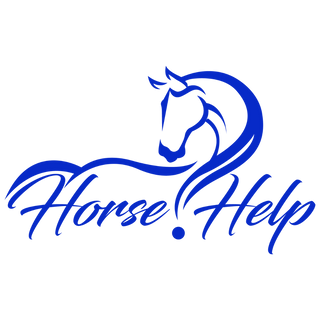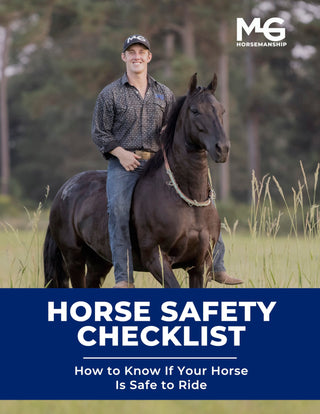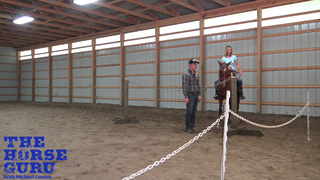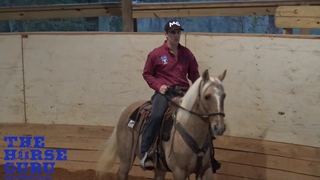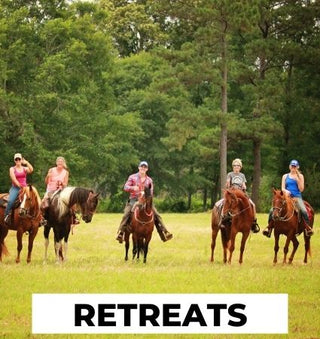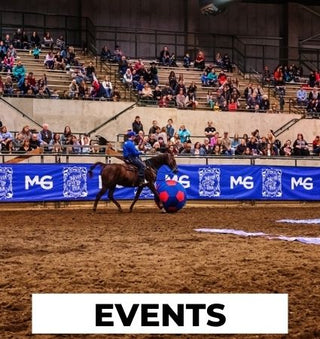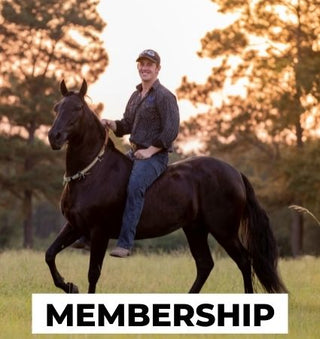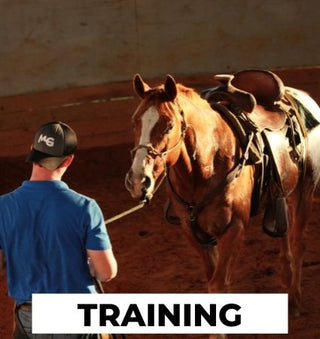Watch the Video Here or continue reading below!
If you've been training your horse and wondering when it’s the right time to transition to a solid bit, you're not alone. It's a common question among riders who want to refine their horse’s performance—especially in the show ring. In this post, we’ll break down exactly when to move to a solid bit, the benefits of using one, and the kind of horse that’s ready for it.
What Is a Solid Bit?
A solid bit features a mouthpiece that is completely rigid—no joints, no give. It's smooth and kind in experienced hands, but unlike a snaffle or a shanked bit with joints, it doesn’t flex. This makes it ideal for a finished horse that no longer needs constant correction and is ready to lock in consistent communication.
When Is Your Horse Ready for a Solid Bit?
✅ The Steering Test: No More Pulling
The biggest sign your horse is ready? You're no longer pulling them around to steer. You can use your legs and subtle cues to guide your horse instead of relying on the reins to get basic direction. If you can take a leg off and your horse moves in the desired direction, that’s a greenlight.
✅ The Flexion Factor: Less Bending and More Drive
If you're not doing a lot of bending and flexing anymore, and you're focused on driving your horse forward into the bridle, that’s another sign your horse is ready for the switch. A solid bit is not kind when used for flexing—it’s best used once the horse already understands and responds to directional cues.
✅ Trust Built Over Time
Before you move to a solid bit, trust is key. Your horse needs to have proven over time that they aren’t going to run off, rear, booger, or resist your leadership. A solid bit won’t save you in moments of panic—it’s designed to keep a horse locked in straight and focused. So don’t rush this transition; let your horse earn it.
Why Use a Solid Bit?
🔒 It Locks Everything Together
One of the biggest advantages of a solid bit is that it locks the horse's neck, shoulders, and head into one unified movement. When you pull a rein, instead of the horse simply turning its head, it drives the whole body in that direction, which helps tremendously with consistency and collection.
✋ It Encourages a Quiet Hand
Solid bits encourage riders to have quieter, more refined hands—especially important in the show ring. When you're not micromanaging or over-bending the horse, a solid bit helps maintain a clean and elegant presentation.
🤝 It Finishes a Horse
The solid bit is often the final step in bit progression. It signifies a well-trained, respectful horse that understands subtle cues and is ready for the highest level of communication between horse and rider.
When Not to Use a Solid Bit
If your horse is still green, resistant, spooky, or you’re still building foundational respect, a solid bit can do more harm than good. Because it lacks flexibility, it can make problems worse if your horse isn’t already mentally and physically prepared.
If you're still needing softness, suppleness, and occasional redirection, stick with your snaffle or transition bit until your horse consistently behaves and performs under pressure.
Wrapping It Up: Is Your Horse Ready?
To summarize, transitioning to a solid bit should only happen when:
-
Your horse steers off your leg, not just your reins
-
You're no longer flexing or bending constantly
-
You trust your horse not to spook, booger, or run off
-
You're aiming to refine and finish your horse’s training
When used at the right time, a solid bit can bring consistency, elegance, and refinement to your horse’s performance—especially in the show ring.
Thanks for joining us on this training journey. If you found this post helpful, be sure to check out more training insights from Team MG and subscribe for updates on all things horsemanship!
